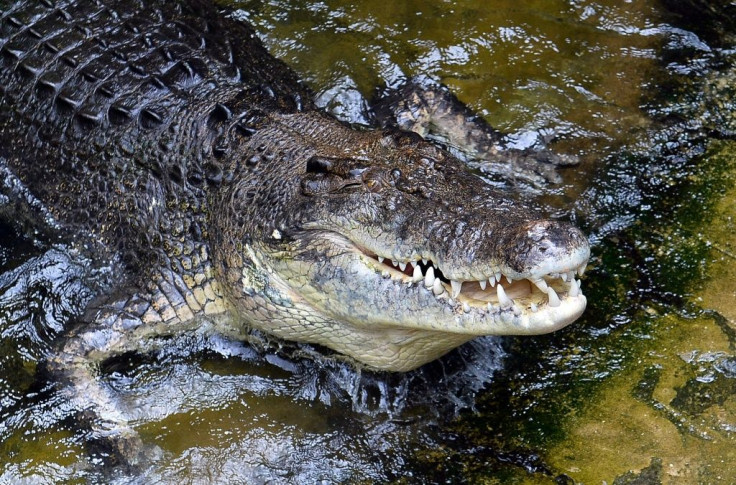'River Boss': This Prehistoric Reptile May Be The Largest Croc To Ever Live In Australia
KEY POINTS
- Researchers identified what may be the largest crocodylian discovered in Australia
- They named it Gunggamarandu maunala, which means "river boss"
- It is also the first record of a tomistomine in Australia
Just how massive can crocodiles grow? A team of researchers has found a "river boss" that may have been one of the largest to have lived in Australia.
A partial skull specimen researchers used for the new study, published in Nature Scientific Reports, was unearthed in the Darling Downs in the 19th century, the University of Queensland (UQ) said in a news release. However, it remained a mystery for years.
The team analyzed the specimen and determined it to be a new species named Gunggamarandu maunala.
"The name of the new species honors the First Nations peoples of the Darling Downs area, incorporating words from the languages of the Barunggam and Waka Waka nations," study co-author Steven Salisbury said in the news release.
Gunggamarandu is a combination of Barunggam and Wakka Wakka words that together mean "river boss," while maunala means "hole head," referring to the hole-like openings at the top of its skull.
Massive croc
Scientists believe the new species is one of the largest "croc" to have ever lived in Australia.
"At the moment it's difficult to estimate the exact overall size of Gunggamarandu since all we have is the back of the skull – but it was big," study lead and Ph.D. candidate at UQ, Jorgo Ristevski, said. "We estimate the skull would have been at least 80 centimeters long, and based on comparisons with living crocs, this indicates a total body length of around seven meters. This suggests Gunggamarandu maunala was on par with the largest Indo-Pacific crocs – a Crocodylus porosus – recorded."
Huge prehistoric croc “river boss” prowled SEQ waterways. #UQResearch from @UQScience @joristevs @implexidens @TheFatWombat @WeisbeckerLab.https://t.co/IOBvsNBsF6 pic.twitter.com/HLSyCysGSs
— UQ News (@UQ_News) June 13, 2021
According to the researchers, the proportions of the specimen suggest that it is "the largest crocodyliform yet discovered from Australia."
The first tomistomine in Australia
Another thing that makes the new species so special is that it marks the first tomistomine crocodylian to be discovered from Australia. In the past, the idea that crocodylus and mekosuchines were the only crocodylians that existed in Australia during the Cenozoic era was "largely undisputed," the researchers said. In fact, fossil records of tomistomines were found in all continents except Australia and Antarctica.
The new findings confirm tomistominae presence in Australia.
"The recognition of Gunggamarandu adds more questions on the dispersal and relationships of tomistomines, with additional, and more complete, material being needed in order to unravel the mysteries of this group," the researchers concluded.

© Copyright IBTimes 2025. All rights reserved.






















